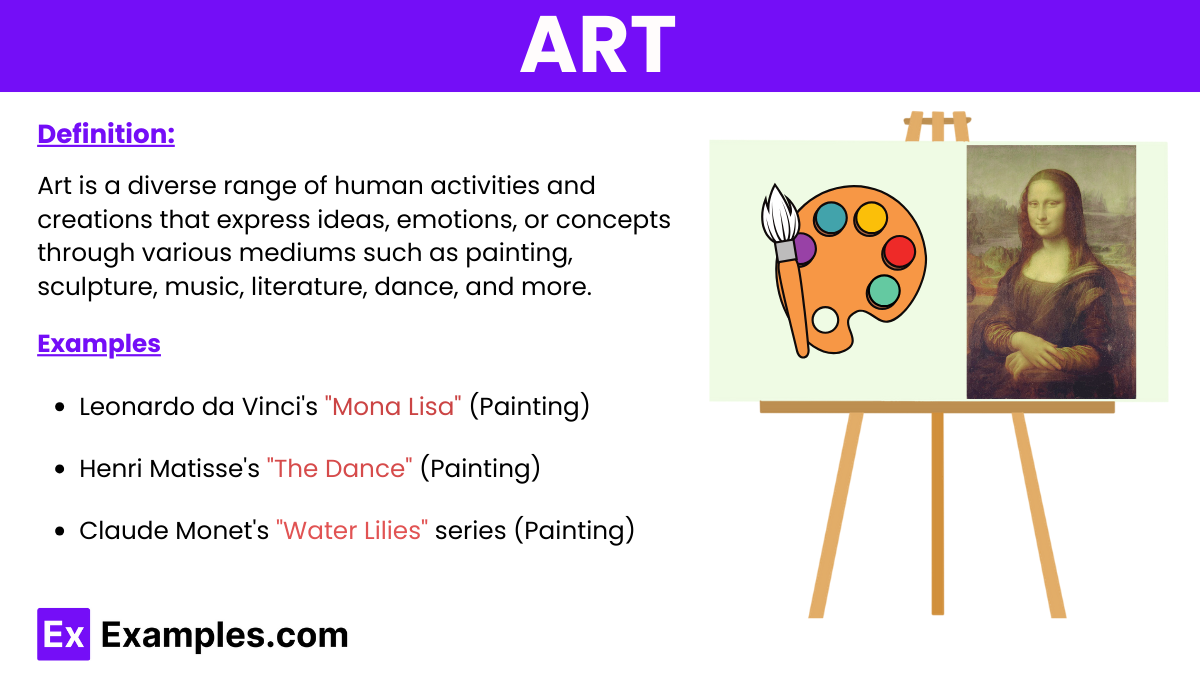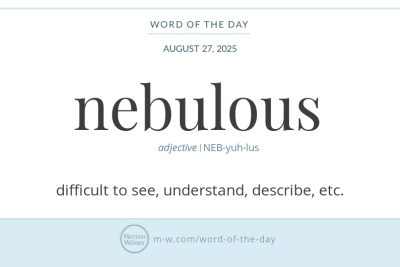
What Are Definitions, Examples, and Types of Art to Explore

Art is an intricate and multifaceted concept that encompasses a wide range of expressions, forms, and interpretations. It is not merely a product of creativity; it is a reflection of culture, emotion, and intellectual engagement. From ancient cave paintings to contemporary digital installations, the definition of what constitutes art has continually evolved, inviting observers to engage with it beyond mere aesthetics. This ongoing dialogue not only enriches our understanding of artistic practices but also challenges us to explore the deeper meanings embedded within various art forms.
As we embark on this journey to explore the definitions, examples, and types of art, it is essential to grasp how cultural, societal, and technological influences shape our perceptions and categorizations. The phrase “art is an expression of human experience” encapsulates the essence of art, as it serves as a mirror reflecting diverse perspectives and emotions. In this article, we will delve deeper into the complexities of art, looking at its historical evolution, key movements, mediums, and cultural expressions across traditions.
Understand the Concept of Art
At its core, art embodies human creativity and skill, often depicted through various mediums. The concept of art extends beyond the visual; it involves a complex interplay of ideas, values, and cultural contexts. The importance of understanding what constitutes art cannot be understated, as it influences the way we engage with both historical and contemporary works. The traditional viewpoint associates art with beauty and harmony, while modern interpretations often prioritize meaning and context over aesthetics.
The Evolution of Art Definitions
Historically, the definition of art has undergone significant transformation. In ancient times, art was often intertwined with religion and ritual, functioning to convey spiritual messages or represent deities. However, the emergence of the Renaissance marked a pivotal moment in the art world, as humanism began to emphasize individualism and the importance of the artist's hand. This period saw a transition where art was appreciated for skill, intellect, and emotion, leading to a budding autonomy for artists who were previously viewed as craftsmen.
With the onset of the 19th century and the rise of the avant-garde movements, the very notion of art was challenged. This period witnessed a dramatic shift as artists began to defy traditional norms and explore new ideas and forms. Art became less about adherence to classical styles and more about personal expression and innovation. Fast forward to the 20th century, where figures like Marcel Duchamp incited controversy and dialogue with works such as "Fountain," prompting us to reconsider and expand our understanding of what art can be.
Art vs. Artisan: Understanding the Distinction
The distinction between art and artisan work is a fundamental topic in the broader discussion of artistic practices. While both involve skill and creativity, they diverge in intent, purpose, and cultural perception. An artist often seeks to create an experience or provoke thought and emotion in the viewer, whereas an artisan typically focuses on craftsmanship and utility, emphasizing practicality over conceptual depth. This differentiation highlights the complex nature of storytelling within art, where the artist's vision takes precedence.
Key Movements Influencing Modern Art
Over the past century, a multitude of movements have shaped the landscape of art, each contributing new ideologies and techniques that continue to resonate today. Modernism, for instance, marked a radical departure from tradition, as artists began exploring abstract, fragmented forms and concepts. Movements such as Cubism, Futurism, and Surrealism invited viewers to experience art in unconventional ways, emphasizing perception and subconscious realities. These innovations laid the foundation for what would become postmodern art, a realm where boundaries blurred and where the definitions of art were further expanded.
Exploring Different Mediums of Art
The world of art encompasses a broad spectrum of mediums, each offering unique methods of expression. Traditional forms such as painting and sculpture remain iconic, yet the rise of digital art has transformed the scene considerably. Photography, installation, video, and performance art are increasingly recognized as legitimate forms of artistic expression, blurring the lines between artist and audience. This fusion of media challenges the conventions of viewing and interacting with art, bridging gaps between different cultural practices and global perspectives.
Famous Examples of Art That Challenge Norms
The art world is replete with examples that defy conventional definitions and invite dialogue. One of the most renowned works is Marcel Duchamp's "Fountain," which sparked debates about artistic intent and originality. Similarly, Andy Warhol’s silkscreen prints of consumer goods questioned the value and meaning of art in a mass-production economy. These examples illustrate the notion that art can take many forms—often challenging and redefining norms. The ongoing conversation surrounding these pieces highlights the necessity to continuously evaluate our interpretations of art.
The Role of New Media in Contemporary Art
As technology progresses, its influence on art becomes more pronounced. Digital art, augmented reality, and interactive installations are a testament to how contemporary artists embrace advances in technology to push the boundaries of traditional practices. This intersection between art and technology has resulted in new aesthetics while allowing viewers to engage with art in dynamic ways. Artists utilize platforms like social media to disseminate their work and reach broader audiences, further democratizing the landscape of art in the modern age.
Cultural Expressions Through Art Across Traditions
Throughout history, art has served as a vital vehicle for cultural expression, capturing the essence of communities and societies worldwide. From indigenous art forms that convey storytelling to African textiles that embody rich traditions, the diversity in art practices emphasizes the beauty of varied cultural narratives. Exploring these different expressions allows us to appreciate the significance of art in our lives—how it conveys meaning, heritage, and identity across generations and geographies.
Conclusion: The Ongoing Exploration of Art
In conclusion, understanding the definitions, examples, and types of art is an ongoing journey that invites continuous exploration and dialogue. As we witness the evolution of art through different movements, mediums, and cultural lenses, we recognize that art is an ever-changing reflection of our collective human experience. By engaging with art, we open ourselves to new perspectives, challenge preconceived notions, and celebrate the diverse expressions that enrich our world.
Did you find this article helpful? What Are Definitions, Examples, and Types of Art to Explore See more here Education.
Leave a Reply






Related posts